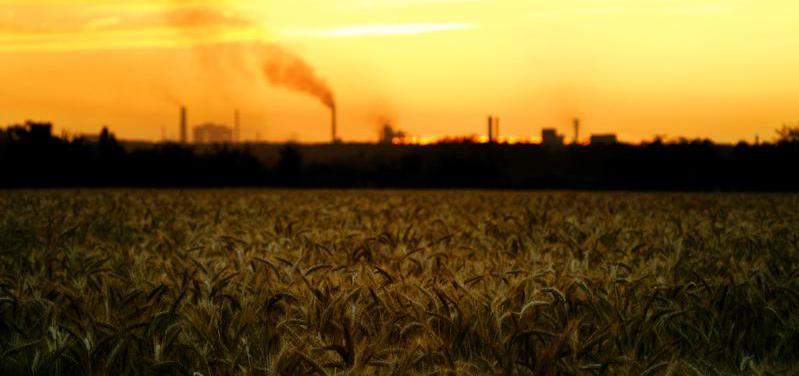
UNCCD on Climate: Fix the Land or it will be an Emitter
The Earth is warming fast, and even faster on the land. This trend is “virtually certain” to continue and no region of the world will be spared, according to the Working Group 1 assessment report released Monday by the authoritative Intergovernmental Panel on Climate Change (IPCC).
Globally, the last decade was on average already one degree Celsius warmer than it was between 1850 and 1900. But it was way warmer over the land, and close to the 2 degrees in some regions.
The Report provides evidence of the warming and its effects on the land from the one degree of warming that occurred in the last decade.
More moisture is evaporating, and faster. The atmosphere is holding more water. Rainfall is heavier and more frequent. Droughts are intensifying. Extremely hot days are more intense, frequent, and last longer, whereas extremely cold days are less frequent and less severe. Climate zones are shifting towards the poles.
The Report, which is part of the IPCC’s Sixth Assessment Report of climate change, provides the physical science basis of climate change. In addition to providing the changes observed between 2011 and 2020 of 1 degree Celsius, it also uses simulation to project what the future would look like if temperatures rose by 1.0, 1.5, 2 and 4 degrees Celsius relative to the 1850-1900 period.
“Scientists are clear that we face dire consequences, if we fail to act now. Temperatures will rise above 2 degrees Celsius by 2050 and to between 3 and 4 degrees by 2100. They are also clear under what conditions, we can still reduce emissions drastically to keep the average global temperature below 2 degrees by 2050 and reduce it to below 1.5 before the turn of the century,” says Ibrahim Thiaw, Executive Secretary of the United Nations Convention to Combat Desertification.
“It’s critical to cut the sources of emissions, such as fossil fuels right now. But it is vital to ensure that the Earth’s natural carbon sinks can draw down the carbon in the atmosphere now and into the future. Oceans and land are not sufficient to draw down all the emissions. But they are necessary and critically important for meeting the global goals envisioned. The stakes couldn’t be higher,” Thiaw says.
The IPCC Report states that oceans and land absorb half of our carbon emissions each year. But their effectiveness at slowing the accumulation of carbon dioxide in the atmosphere is declining with ever-increasing emissions. Unless our course is changed now, over time these natural carbon sinks will turn from net sinks into net sources of carbon emissions.
“Land can be part of the solution. Better land planning, use and management going forward and the restoration of the one billion hectares of land governments have committed to restore by 2030 would make a big difference in our resilience to climate change. We know the benefits of restoration at large scale,” says Thiaw.
Under the Paris Agreement of 2015, governments agreed to take actions to ensure by year 2100 the Earth’s warming stays within 2 degrees Celsius, while pursuing efforts to limit the temperature increase to 1.5 degrees Celsius above pre-industrial levels. These actions are known as Nationally Determined Contributions (NDCs) under the Agreement signed into law under the United Nations Framework Convention on Climate Change (UNFCCC).
UNFCCC reported in a press release Monday that “an initial synthesis of submitted new or updated NDCs early in 2021 showed that collective efforts fall far short of what is required by science to limit global temperature increases by the end of the century to 2 degrees Celsius, let alone the desired objective of less than 1.5 degrees Celsius.
Over one billion hectares of degraded land globally is earmarked for restoration by 2030. Of this, more than 250 million hectares are commitments under the NDCs. An additional 450 million hectares committed under the Convention to Combat Desertification and about 90 million hectares under the Convention on Biological Diversity can contribute to climate change mitigation and adaptation.
The IPCC Special Report on Climate Change and Land published two years ago explains the various roles the land plays in driving climate change and its potential to both reverse the process and build the resilience of both people and ecosystems.
The Report’s new complementary Interactive Atlas can be used to assess how the future could change at different times for different regions. The tool is accessible to the public and begins with a tour guide on how to use and navigate.
The IPCC’s Report from Working Group II, focusing on the impacts and how to adapt to the change, will be issued in February 2022. Working Group III Report, on how to halt and eliminate greenhouse gas emissions, will be released in March 2022. The synthesis report of the Sixth Assessment Report will be issued in September 2022. These reports will advance further our understanding of the role land can play in addressing climate change.